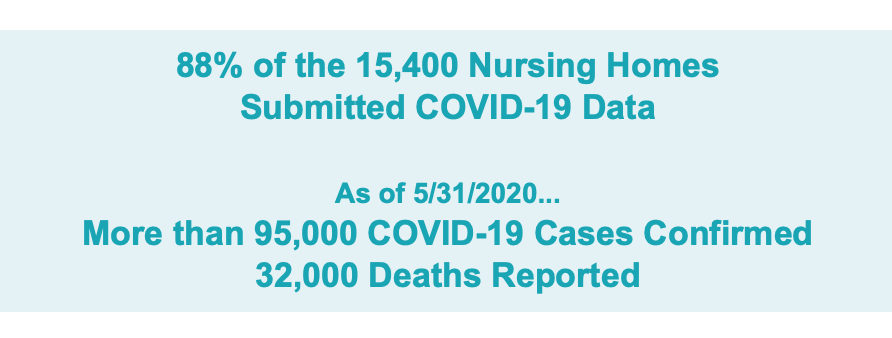HTS Celebrates National Skilled Nursing Week
In recognition of National Skilled Nursing Week, Healthcare Therapy Services, Inc. celebrated with their partners by honoring our aging in addition to the health care heroes for their unwavering commitment to improving the lives of those served. National Skilled Nursing Care Week was established by the American Health Care Association (AHCA) in 1967. National Skilled Nursing Week ran from May 10-16, 2020. Inspired by this years’ theme “Sharing Our Wisdom”, HTS created an art activity for residents and staff to participate. “It’s more important than ever to celebrate our skilled nursing communities. This year’s celebration looks a little different than in year’s past since we have social distancing and other restrictions in place. We wanted to do something that everyone could participate in. Reading the heartfelt words of wisdom from our residents has been one of the most rewarding parts of all of this. We are just thrilled with the participation that we received!” -Holly Skidmore, Director of Marketing
Congratulations to our winners!
Congratulations to the following winners of the National Skilled Nursing Week “Sharing Our Wisdom” contest. We had great participation from our homes and many residents shared their wonderful words of wisdom. Thank you to all who participated!
1st Place Winner: Heritage Pointe of Huntington, Huntington, IN
2nd Place Winner: The Cedars of Lebanon, Lebanon, KY
3rd Place Winner: Golden Years Homestead, Fort Wayne, IN
Click here to view the video showcasing photos for the contest.
Some inspiring words of wisdom from the residents of our partner communities:
Barb F: “Be Happy. Smile more and worry less.”
Mary M: “Do your very best in everything you do.”
Clara F: “Enjoy the little things in life. Don’t take anything for granted.”
Jonetta W: “Do unto others as you would have them do unto you.”
Georgette P: “Love your family, everybody, and the Lord. Haste makes waste. Love your neighbor as yourself. I love everyone.”
Cathy S: “Strength doesn’t come from what you can do. It comes from overcoming the things you once thought you couldn’t.”
Cleola: “Take care of people and God will take care of you!”
Herb: “Never stop learning.”
Lewis: “Accept Christ as your Savior and you will live life in security. Watch your money. Never go for revenge.”
Ron: “Enjoy your life when you are young!”
Helen: “Be nice to people.”
Deloris: “Make life fun, never stop playing!”
Fay: “Always start your prayer with “Thank you Lord, for all you’ve done for me” before you ask for anything.”
#NSNCW


